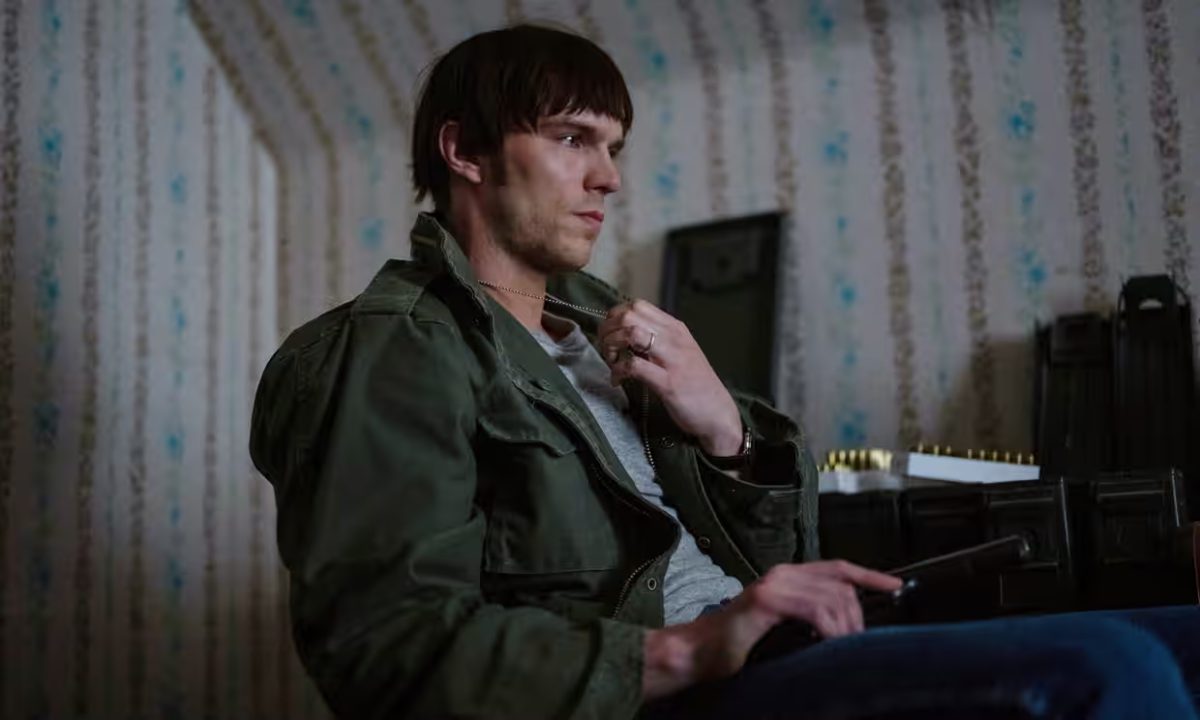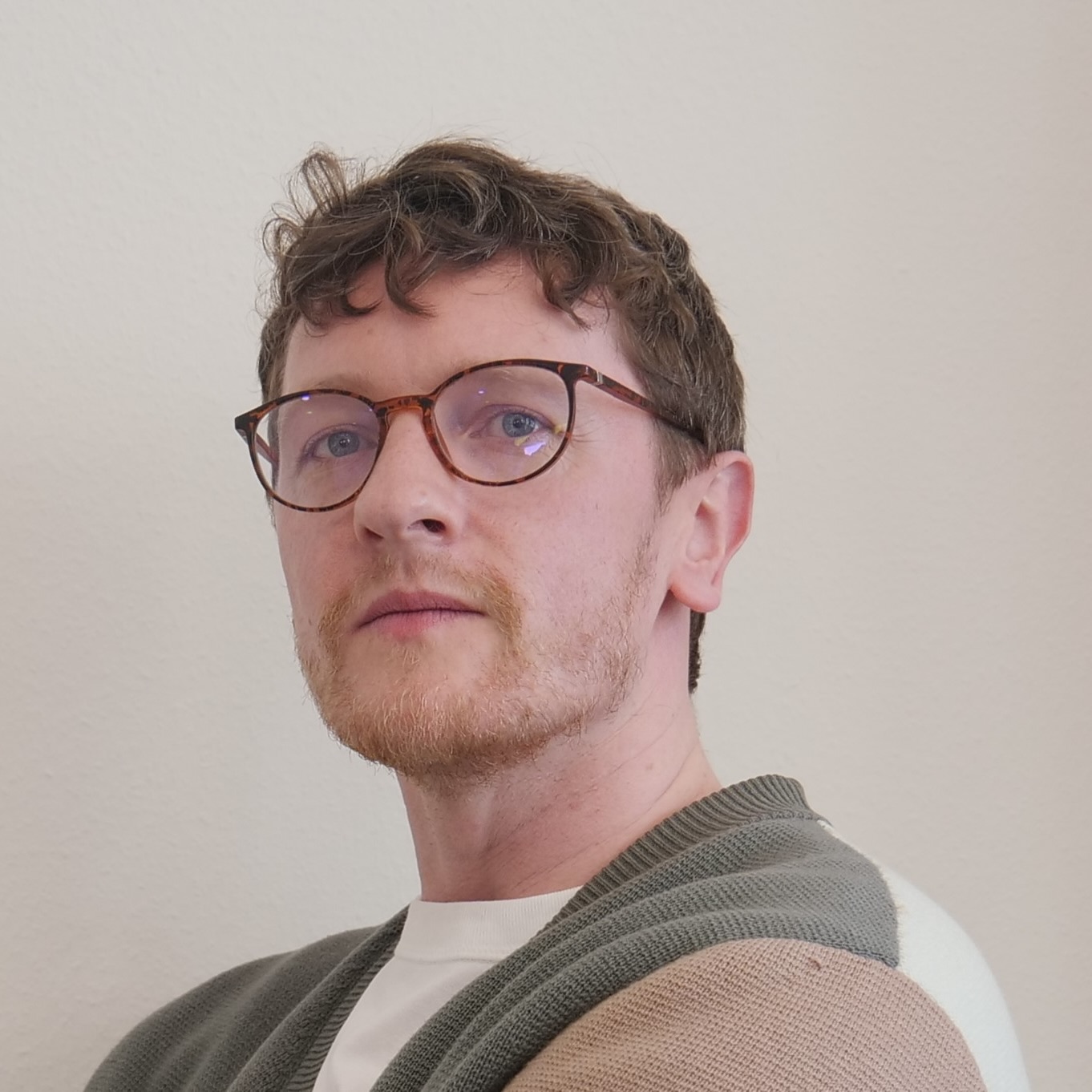Director Justin Kurzel’s new film ‘The Order’, released late last year, is a true-crime thriller starring Jude Law and Nicholas Hoult. Adapted from the book ‘The Silent Brotherhood’, by Kevin Flynn and Gary Gerhardt, the film tells the story of the US-based neo-Nazi terrorist organisation The Order, a small militant faction that split from the Aryan Nations in the early 1980’s and was active for over a year until their downfall.
During their brief existence The Order, led by Robert Jay Mathews, carried out a crime spree across the US that included bombings, counterfeiting operations and bank and armoured-cars robberies to finance their armed revolution against the government. In their most notorious attack, the group shot and killed Jewish talk radio host Alan Berg outside his home in Denver. An outspoken critic of the far-right, Berg was killed for being ‘anti-white’.
Dramatised versions of real-life terrorism events are a genre of their own and risk feeling like bland made-for-tv docudramas. But The Order is an engaging cat-and-mouse detective thriller full of atmosphere. The haunting score by Jed Kurzel casts an unsettling backdrop on a film that feels deeply immersed in the geography, with stunning shots of landscapes capturing the magnitude of the Pacific Northwest. The shootouts are brutal and well-choreographed, evoking Michael Mann’s Heat, while the performances of the cast are all solid.
As is the case with most films inspired by true stories, some elements are dramatised for cinematic effect. Law plays Terry Husk, a fictionalised character created for the purpose of storytelling, a cliche cop dealing with a falling apart marriage and dispatched to a small town. There are moments which lack plausibility, like occasions where Husk and Mathews meet face-to-face, or when Mathews interrupts a church service to deliver an impromptu speech at an Aryan Nations compound, before the crowd erupts into cheers of ‘white power’, in scenes that feel a bit too theatrical.
What makes the film most compelling though is the portrayal of Mathews by Hoult. Hoult delivers a stellar performance as a calculated, articulate and charismatic leader, whose handsome looks make him look out of place among his more weathered looking acolytes. There is a chilling coolness about his character that is unnerving, yet effective in conveying his magnetic aura—which seems precisely the point. The film really leans into this, making him as captivating to the audience as he may have been to his followers, helping us to understand a little better how they may have been drawn to him. However, this depiction is one which risks glamorising his persona and ideology.
Watching the film, it is easy to see how contemporary fellow travellers of The Order and their ideology might admire it. The film portrays neo-Nazis in a way we do not normally see. The group is shown as a well-dressed, highly organised and coordinated outfit, executing heists efficiently and remaining calm in combat and under pressure. Their competency is in stark contrast to law enforcement, depicted as always one step behind the group. Mathews’ death in a final blaze of glory during a fiery shootout with FBI agents, although an accurate portrayal, could risk making him even more admirable to his supporters.
This theme is one which touches on a phenomenon any of those who study online communities of violent extremists will tell you— when such dramatised portrayals of their heroes enter their online universe they are often repurposed as propaganda. It is not difficult to imagine The Order spliced up into the sort of aesthetic tribute videos that are a mainstay in these online worlds, with velocity edits and flash cuts of shots from the film slowed down or sped up to high-energy soundtracks. However, any reuse of the film in this way is no fault of Kurzel. Regardless how filmmakers present the subject, extremist audiences tend to admire them through their own ideological lens.
For example, on ‘Terrorgram’, a network of neo-Nazis on Telegram who promote terrorism and glorify far-right killers as ‘Saints’ (including Mathews), scenes from such films and documentaries are regularly recycled in their propaganda. This has included footage from ‘July 22’, about the 2011 Norway attacks, despite the director’s effort to balance the focus on Breivik with a harrowing depiction of the suffering endured by his victims. Tony Stone’s 2021 film ‘Ted K’ about Unabomber Ted Kaczynski also features, including clips of Kaczynski chopping down power lines or testing explosives alongside captions like “reject the modern world”. This was despite the film providing a character study of Kaczynski as a pathetic figure. Likewise, clips valorising Oklahoma Bomber Timothy McVeigh are taken from something as innocuous as reconstruction scenes from a National Geographic documentary about the bombing.
Of course, this is simply a feature of our highly visual world, where social media allows images and narratives to be endlessly repurposed, reframed, and reinterpreted. In our digital media landscape, no piece of visual storytelling remains confined to its original intent—especially when it resonates with audiences looking to project their own meaning onto it. For films like The Order, that paints a somewhat flattering picture of its subject, the risk may be even greater for appropriation, blurring the line between critique and admiration.


